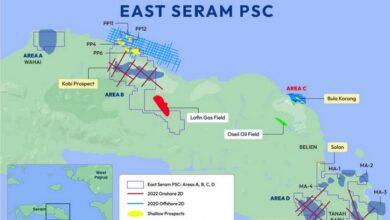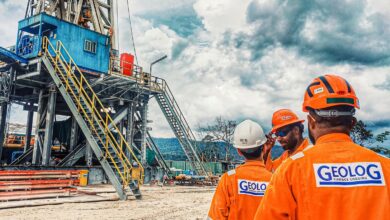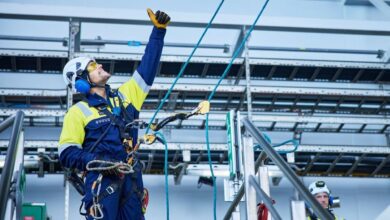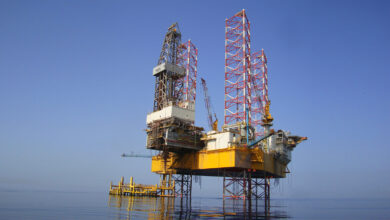Seadrill orders two new ultra-deepwater drillships for delivery in 2014
Samsung Heavy Industries will build two new ultra-deepwater drillships for Seadrill under turnkey contracts, to be delivered in Q2 and Q3 2014. The drilling contractor has an option to order an additional drillship for delivery in 2014; further the company says it is in discussions with several shipyards to further increase its rig availability.
Seadrill will have five new ultra-deepwater rigs scheduled for delivery from 2013 to 2014 and four existing units coming off current contracts in the same period. “We also believe that this open exposure can be used to further strengthen our relationship with fast-growing and dynamic oil companies. It is likely that Seadrill’s commitment to tender and ultra-deepwater newbuildings will be further increased in the weeks to come,” Seadrill chairman John Fredriksen said.
The new dynamically positioned drillships will have a hookload capability of 1,250 tons and a water-depth capacity of up to 12,000 ft, targeting operations in areas such as the West and East Africa, Gulf of Mexico and Brazil. In addition, these units will be outfitted with seven-ram blowout preventer (BOP) stack and with storing and handling capacity for a second BOP.
Seadrill said it has seen a surge in long-term demand for tender rigs and modern ultra-deepwater drilling rigs, driven by high oil prices and exploration successes in new and established regions, where drilling programs continue to ramp up. The growth in rig demand has been particularly strong in the US and East and West Africa regions, the company believes. Further, the industry’s enhanced focus on safety following the Macondo incident has supported demand for higher-specification rigs, as well as led to increased drilling time per well.
Based on these developments and analysis of the rig market, Seadrill concluded that it is highly likely that lack of sufficient rig availability in the deepwater market will become a key bottleneck until significant new drilling capacity is added. If oil prices remain at present levels, this tight supply-and-demand balance will force oil companies to postpone field developments with negative impact on the net present value of the discoveries.




